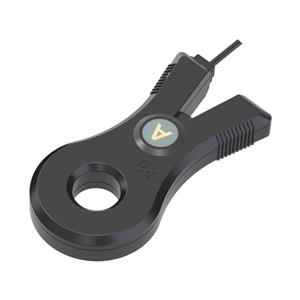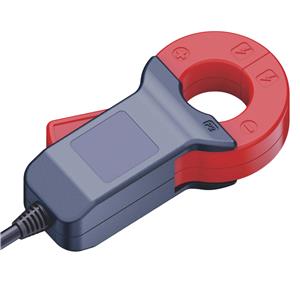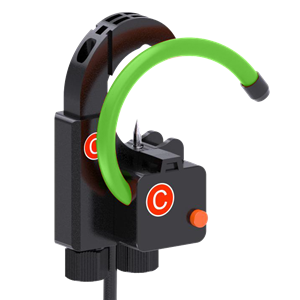LCM Touchscreen Technologies
LCM (Liquid Crystal Module) touchscreens are a fundamental component of many electronic devices, enabling intuitive user interaction and navigation. Several touchscreen technologies are commonly used in LCMs, each with its own working principle, advantages, and applications.

1. Resistive Touchscreens: Resistive touchscreens consist of multiple layers, including two flexible layers with a conductive coating. When pressure is applied to the screen, the layers come into contact, and the touch location is determined based on the change in electrical resistance. Resistive touchscreens offer advantages such as high touch accuracy, compatibility with various input devices (e.g., stylus, gloved hands), and cost-effectiveness. They are commonly used in applications that require precise touch input, such as industrial control panels or point-of-sale systems. However, resistive touchscreens may have lower transparency and require more pressure to register a touch compared to other technologies.
2. Capacitive Touchscreens: Capacitive touchscreens utilize the human body's electrical conductivity to detect touch. They consist of a transparent conductive layer on the screen's surface, which forms an electrostatic field. When a finger touches the screen, it disrupts the electrostatic field, and the touch location is detected. Capacitive touchscreens offer advantages such as high sensitivity, multi-touch capabilities, and excellent optical transparency. They are widely used in smartphones, tablets, and other consumer devices where precise and multi-finger touch input is essential. However, capacitive touchscreens may not work with gloved hands or non-conductive styluses.
3. Infrared Touchscreens: Infrared touchscreens rely on an array of infrared LEDs and photodetectors placed around the screen's edges. When a finger or object touches the screen, it interrupts the infrared beams, and the touch location can be determined. Infrared touchscreens offer advantages such as high durability, unaffected optical clarity, and the ability to work with any input method. They are commonly used in high-traffic public environments like kiosks, ATMs, and gaming machines. However, infrared touchscreens may be affected by ambient light interference and have limited touch accuracy compared to other technologies.
4. Surface Acoustic Wave (SAW) Touchscreens: SAW touchscreens utilize transducers and reflectors mounted on the screen's surface to generate ultrasonic waves. When a touch occurs, the waves are absorbed, and the touch location is detected based on the interrupted wave patterns. SAW touchscreens offer advantages such as high touch accuracy, durability, and excellent optical clarity. They are often used in applications that require high-speed touch response and are resistant to environmental factors. However, SAW touchscreens can be susceptible to surface contaminants and require periodic calibration.
In conclusion, understanding the different touchscreen technologies used in LCMs provides valuable insights into their working principles and applications. Resistive touchscreens offer high touch accuracy and compatibility with different input devices. Capacitive touchscreens provide multi-touch capabilities and excellent transparency. Infrared touchscreens are durable and work with any input method. Surface Acoustic Wave touchscreens offer high touch accuracy and durability. The choice of touchscreen technology depends on the specific requirements of the device and the desired user experience. Continued advancements in LCM touchscreen technologies will likely lead to further improvements in touch sensitivity, accuracy, and compatibility with various input methods.




